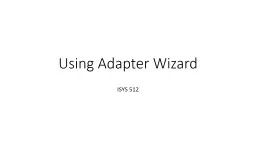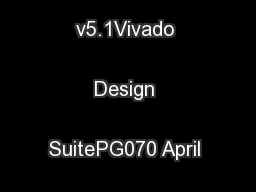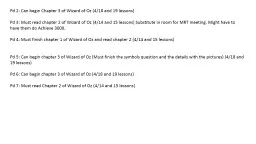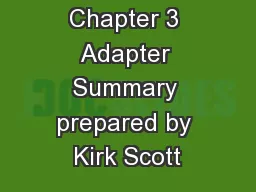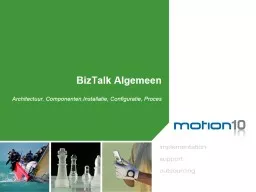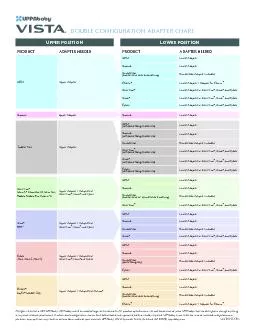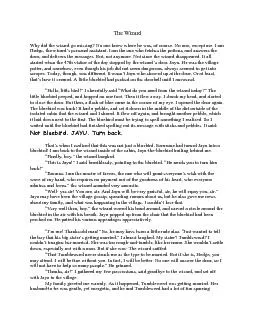PPT-Using Adapter Wizard
Author : faustina-dinatale | Published Date : 2016-09-02
ISYS 512 Data Adapter Wizard 2 nd Level of Using ADONet Configure Data Adapter and generating a dataset From the Data tab of the ToolBox Drag SqlDataAdapter
Presentation Embed Code
Download Presentation
Download Presentation The PPT/PDF document "Using Adapter Wizard" is the property of its rightful owner. Permission is granted to download and print the materials on this website for personal, non-commercial use only, and to display it on your personal computer provided you do not modify the materials and that you retain all copyright notices contained in the materials. By downloading content from our website, you accept the terms of this agreement.
Using Adapter Wizard: Transcript
Download Rules Of Document
"Using Adapter Wizard"The content belongs to its owner. You may download and print it for personal use, without modification, and keep all copyright notices. By downloading, you agree to these terms.
Related Documents

